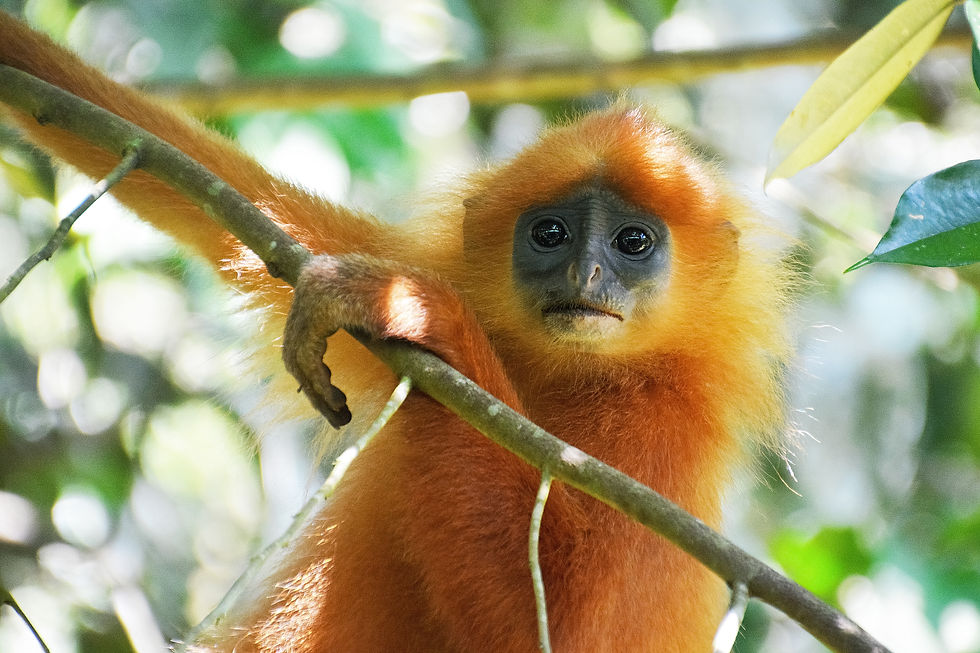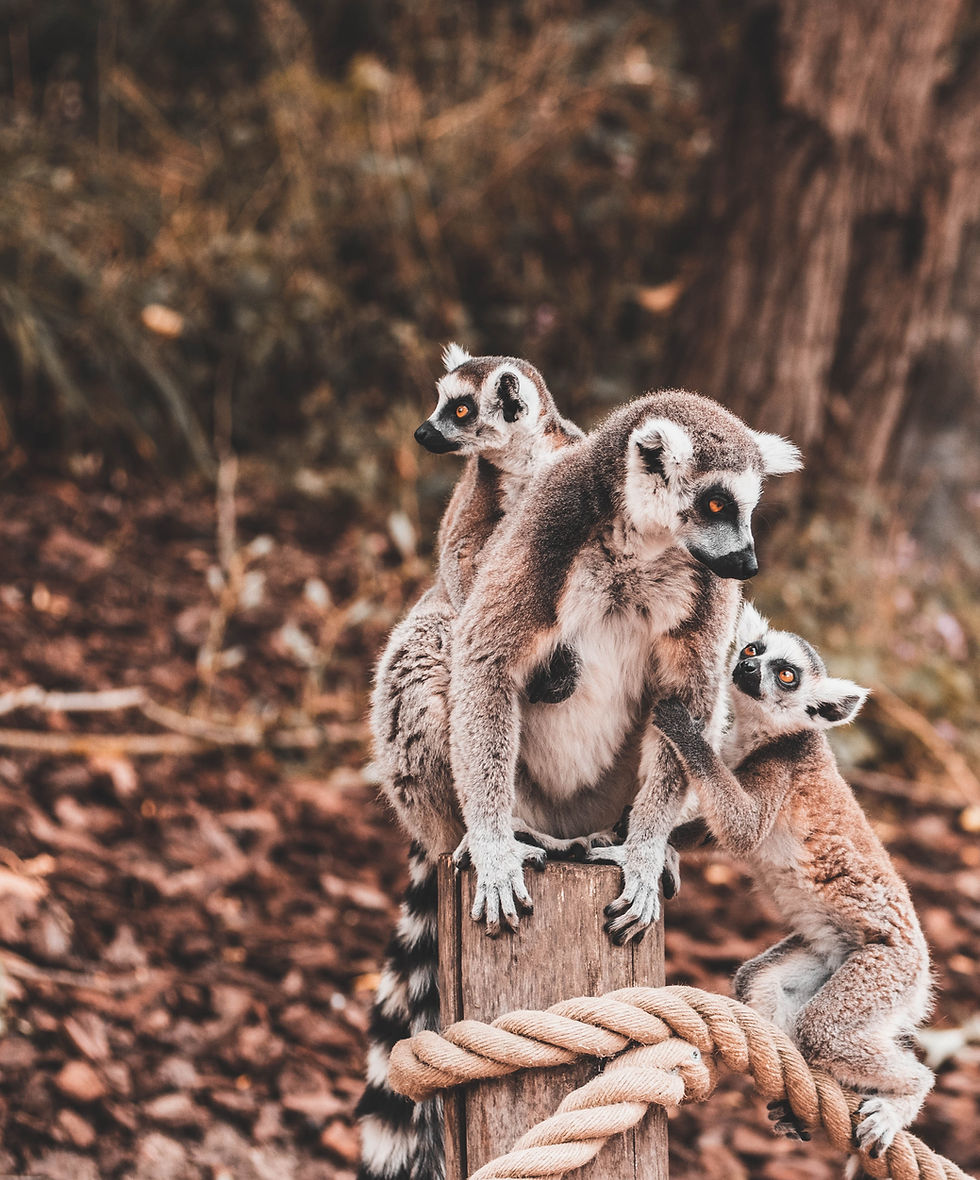
Ice caps melt and wildfires rage across the globe. Rising sea levels have added to catastrophic weather events and endanger some of the world's most iconic cities. Increased temperatures deplete resources, decreased snowfall in the mountains, and scant harvests in wine country lead to reduced tourism in those regions. Global warming and erosion of rain forests have also put many plants and animals on the endangered species list. Unfortunately, several unusual, gorgeous destinations are going to disappear. Here are places you need to visit before they disappear forever.

Wine Countries in France and California
Situated in the south of France, the Rhône Valley is a spectacular winemaking region. Covering more than 120 miles, visitors spend weeks driving from one vineyard to the next. But climate change is inhospitable for grapevines. Experts predict the vine will dry out. Many of the world's premier areas for viticulture are experiencing climate-induced over-ripening. Overripe grapes negatively affect taste leading to fewer buyers and depressed sales.

Osaka, Japan
Osaka lies in the Kansai Region of Japan midway between Hiroshima and Tokyo; it is one of the country's largest tourist hubs. Eye-catching modern architecture sits next door to ancient shrines. It's also a major culinary destination, thanks chiefly to its entertaining and hectic street-food scene. But like many major Japanese cities, Osaka in danger due to its low elevation. Already susceptible to massive flooding, it is also prone to typhoons. As global temperatures rise, giant swaths of the city will be underwater. Osaka features heavily in my Lovely Spots in Japan You Need to See.

Borneo and Sumatra
Borneo and Sumatra are two islands that are victims of deforestation. Both lost 50% of their rain forests due to climate change. And they will lose 70% of remaining land to palm oil plantations. Borneo and Sumatra are the only home of several already endangered species, such as tigers, pygmy elephants, orangutans, and rhinos. When the rain forests are gone, these animals will most likely become extinct.

Glacier National Park in Montana
Encompassing a million acres in Montana, Glacier National Park attracts millions of visitors every year. But as global warming causes the glaciers to melt. The U.S. Geological Survey and Portland State University, estimate increased temperatures has significantly decreased the size of 39 different glaciers. Some of the glaciers are 85% smaller than they were in 1966. As they melt, entire ecosystems die. Scientists predict that Glacier National Park won't have any ice by the end of the century.

Great Barrier Reef in Australia
Spanning more than 1,400 miles, the Great Barrier Reef is the largest living organism globally, and it's dying. Teeming with diverse marine life, it draws millions of divers each year. But rising ocean temperatures have led to coral bleaching—a disease that causes coral to turn white and die-off. 25% of the reef has already disappeared due to bleaching. The ocean is home to hundreds of plants and animals, once it's gone, so are they.

New Orleans, Louisana
We are in danger of losing the bastion of reckless abandon that is New Orleans. Do you want to wander its spooky above-ground cemeteries or bask in beignets and shrimp étouffée? Whatever you want to do, there's magic in the Big Easy. Life on the bayou is both heaven and hell, which we discover in 2005 after Hurricane Katrina. And despite significant infrastructure investments, the city is still in peril. The Gulf Coast is home to frequent tropical storms that continue to cause havoc. Also, the Mississippi River is prone to flooding that has the potential to surpass sea walls. New Orleans will likely be underwater permanently.

The Dead Sea
The Dead Sea is drying at around three feet a year; it has already lost one-third of its surface area. Sinkholes pop up in spots where the water has subsided; they are a huge problem. In 1996 there were 200 such holes, now there are over 5,000. You can find multiple products that have "Dead Sea Minerals" in them. Many people claim the minerals have healing and anti-aging properties. The increase in demand for these beauty products is leading to the depletion of the Dead Sea. Middle East's increasingly scorching temperature makes it impossible for the lake to refresh itself. Experts believe that without intervention, the Dead Sea could be completely dry by 2050.

The Amazon Rainforest
Amazon is the largest and most t rainforest on Earth, comprising 40% of South America. It is home to scarlet macaws and blue poison dart frogs; they live side-by-side with jaguars and sloths. Despite Amazon's immense size, climate change has devastated its delicate habitat. Disastrous wildfires are becoming increasingly widespread. Brazil's National Institute for Space Research recognized more than 74,000 fires last year. There are 85% more fires than in 2018.

The Maldives
Centered in the Indian Ocean, the Maldives consists of a series of atolls. Hundreds of stunning white-sand beaches ensure that the Maldives is the perfect place to indulge your inner beach bum. But it is also the lowest-lying country in the world, so as ocean levels rise, the Maldivian Islands sink. They will be gone entirely in less than 100 years. Government officials are so concerned about the disappearing islands that they have bought properties in other countries. They plan to use the land to move their misplaced residents when the islands are gone. If you want to learn more about the Maldives, read my Sexiest Honeymoon Resorts in the Maldives and Honeymoon Like Gwyneth at Soneva Jani.

Venice, Italy
It's impossible to walk Venice's streets without falling in love with its charm. The Adriatic Sea flows through its canals. Locals expect floods in Piazza San Marco and other low-lying city areas in a place so connected to water. But rising oceans cause Venice to inch toward more severe deluge. Activists are working to curb the problem by investing in technologies to hinder the incoming swells. But Venice still sinks. Every year the buildings recede into the sea a little bit more. Add flooding caused by climate change, and Venice will not last much longer. UNESCO estimates that in less than 100 years, Venice will be no more. Unless you have gills, you need to visit Venice while you still can. Venice features heavily in my A Perfect Honeymoon in Italy.

Key West, Florida
A sun-soaked laidback paradise Key West is known for its pastel-colored buildings, excellent fishing and diving, and stunning resorts. Hurricane Irma wreaked devastation in 2017. But before the hurricane, it was facing significant environmental challenges. The Army Corps of Engineers predicts that the sea level will rise 15 inches 30 years. Continual flooding caused officials to investigate the cost of elevating roads, but the price tag was far higher than expected. The reality is that the Keys will disappear.

The Alps
This European mountain range continues to attract ski enthusiasts. The Alps stretch across eight countries and are home to some of the world's most sought-after slopes. However, increasing temperatures cause significant snowmelt, which shortens the ski time. Winter sports season was 38 days shorter last year than it was back in 1960. Even more unsettling? Scientists prognosticate that you'll have to climb up to the 10,000-foot mark to encounter snow.

Galapagos Islands
The Galapagos Islands may just inspire you to see the world in a different light. Many of the creatures that call the islands home exist nowhere else. The Galapagos is where Darwin developed his Theory of Evolution. The islands are awe-inspiring in their biodiversity. Much like the Great Barrier Reef, the Galapagos Islands have been greatly affected by climate change. Changing habitats have rendered rare species without food.

Madagascar
Traversing approximately 229,000 miles and just off the coast of Southeast Africa, Madagascar's island is dense with assorted wildlife. Roughly 90 percent of the country's native species are endemic, including lemurs, the fossa, and chameleons. However, this biological wonderland is at risk as a warming planet continues to endanger the island's ecology. Extended dry seasons have killed off bamboo, which feeds the lemurs, and frequent floods are destroying delicate mangrove forests. Meanwhile, coral bleaching in coastal reefs threatens the survival of many marine species. A trifecta of awfulness is coming to a head in marvelous Madagascar.
The world is beautiful and impressive, but it isn't doing well at this time. We need to do whatever we can to reverse the tide of climate change while we still have time. You will want to go to these excellent places before they disappear forever. Unfortunately, these are not the only destinations that are in danger. If you want to know what you can do to reduce your travel footprint, read my How to be an Eco-Conscious Luxury Traveler and 14 Simple Ways to Reduce Plastic on a Trip.

コメント